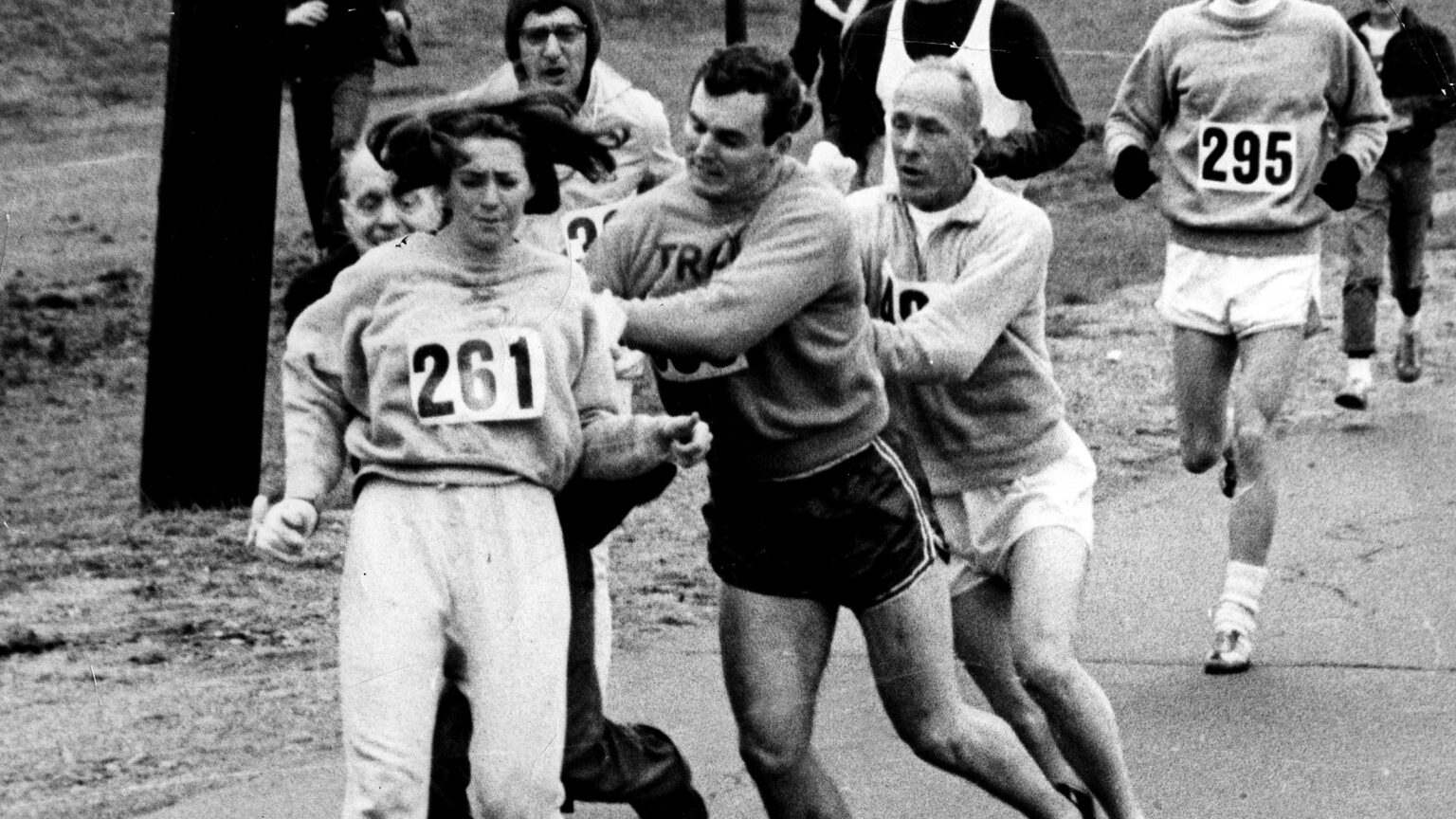The Evolution of Road Running: A Reflection on Inclusivity and Community
The world of road running has transformed significantly over the last few decades, as explored in the documentary Free to Run. The film opens with renowned running figure George Hirsch reflecting from a balcony overlooking Central Park, recalling a time in the late 1960s when encountering fellow joggers was a rarity. “There weren’t many of us,” he reminisces. This stark contrast from today, where millions participate in running events worldwide, sets the stage for a deeper examination of the sport’s evolution.
Free to Run chronicles the rise of running as a mainstream sport while addressing themes such as gender inclusivity, amateur recognition, and historical milestones within the running community. The film features key figures like New York City Marathon co-founder Fred Lebow, who played an instrumental role in promoting running as an accessible activity for all. As a result, the documentary serves not only as an entertaining watch but as an educational narrative on the cultural significance of running.
Director Pierre Morath, a historian and avid runner, presents a compelling account that merges various facets of running’s history. The film taps into a rich tapestry of oral histories and archival footage featuring notable personalities, including Kathrine Switzer and Steve Prefontaine. Free to Run weaves these narratives together cohesively, providing insight into how running has evolved from an obscure pastime into a global phenomenon.
One of the most potent segments features the infamous 1967 Boston Marathon incident involving Switzer, who became the first woman to officially enter the race—an event that was previously male-dominated. The clash between her and race director Jock Semple highlights the uphill battle for gender equality in sports. By merging interviews, historical footage, and Switzer’s reflections, the film sheds light on the long-lasting impact of this moment on women’s rights in running.
Over time, women have increasingly gained a foothold in the sport, thanks partly to Switzer’s efforts in founding initiatives like the Avon International Race Circuit. This paved the way for women to compete at higher levels, culminating in the inclusion of the women’s marathon in the Olympics in 1984, where Joan Benoit Samuelson clinched the first gold. These accomplishments mark significant milestones in the quest for gender equality in athletics, showcasing the evolving nature of road running.
The documentary also touches upon the challenges faced by amateur runners striving for financial support. During the 1970s, athletes like Prefontaine advocated for the rights of amateur runners, which led to greater recognition and financial opportunities. Meanwhile, Lebow’s ambition to grow the New York City Marathon helped create a larger framework for competitive running, further amplifying the sport’s popularity. This narrative arc illustrates how individual passion and perseverance can drive widespread change.
While Free to Run primarily celebrates the achievements of the running community, it doesn’t shy away from addressing the darker side of commercialization in sports. The film briefly discusses events like the controversial 2012 New York City Marathon, which raised ethical questions regarding the accessibility of running events for marginalized communities. Such reflections encourage viewers to consider the responsibilities associated with sport as it continues to grow.
Ultimately, Free to Run acts as both a historical account and a call to action for the running community. Morath’s exploration of running’s complex evolution reminds us that while we celebrate victories, continuing the journey towards inclusivity and community remains paramount. As we lace up our shoes and hit the pavement, it’s essential to foster an environment where the joys of running are accessible to all, ensuring that every stride taken is a step toward a more inclusive future.
